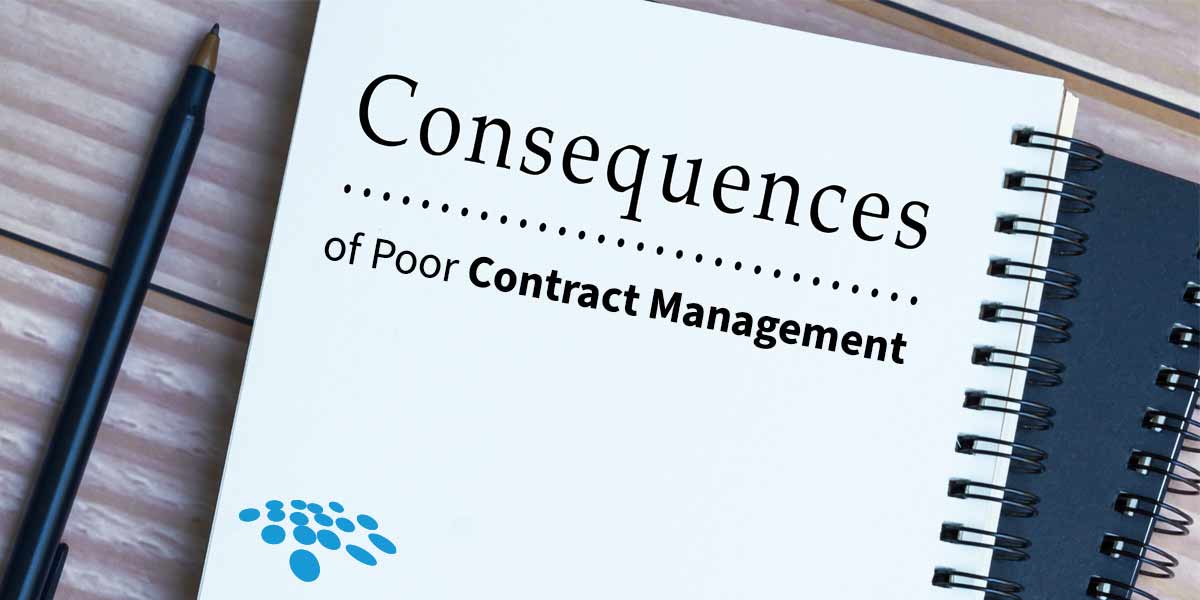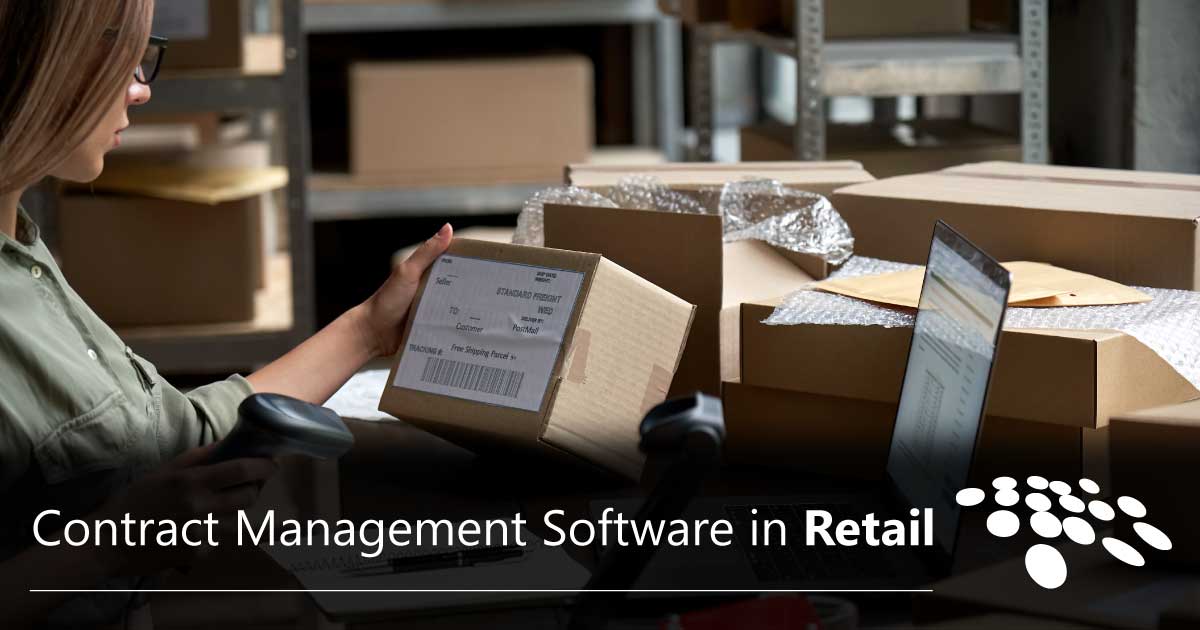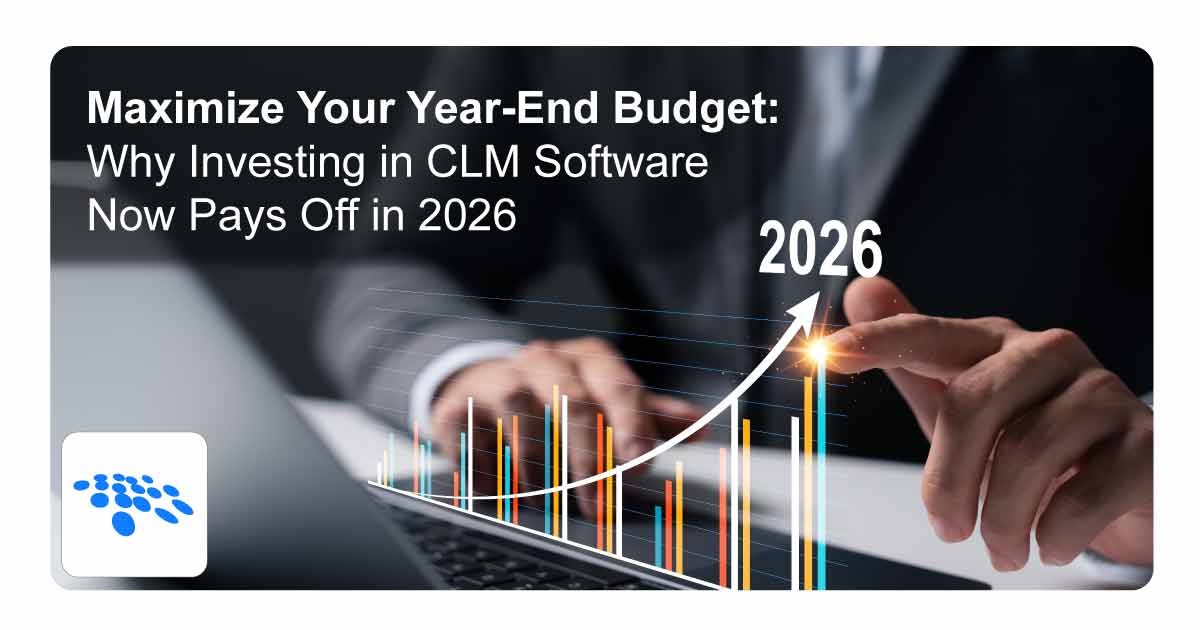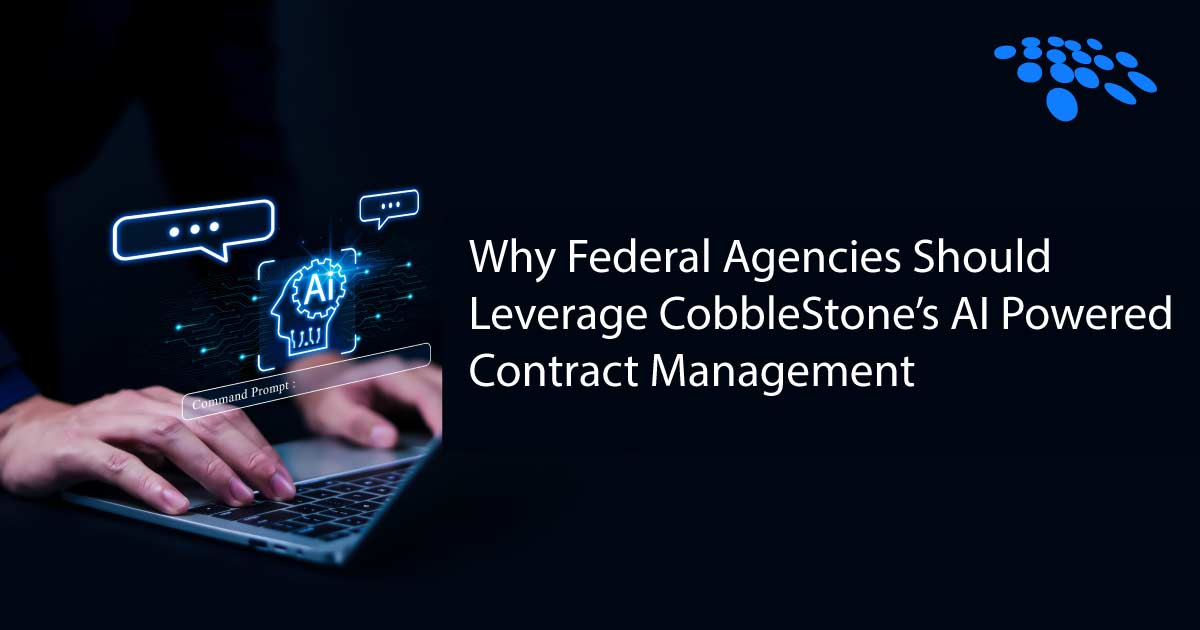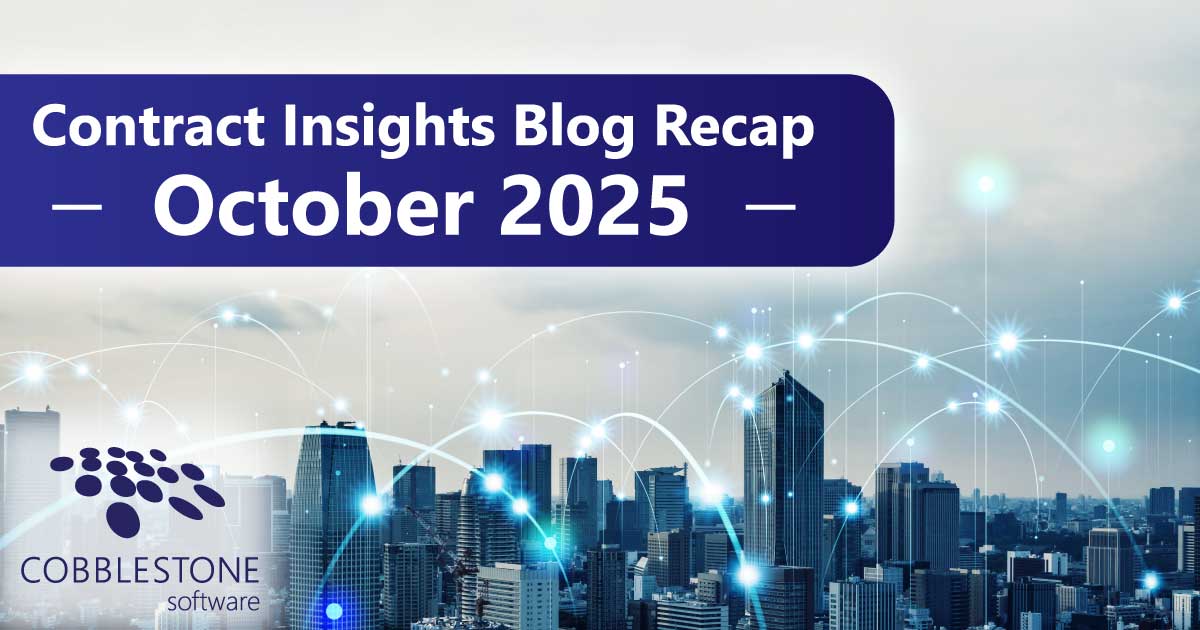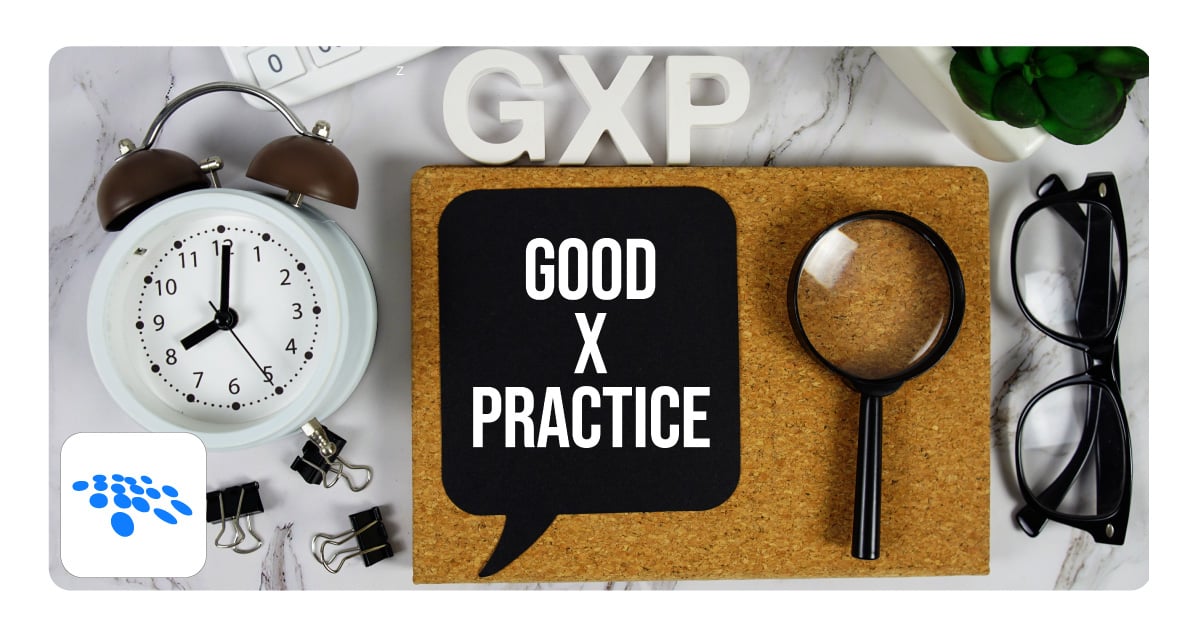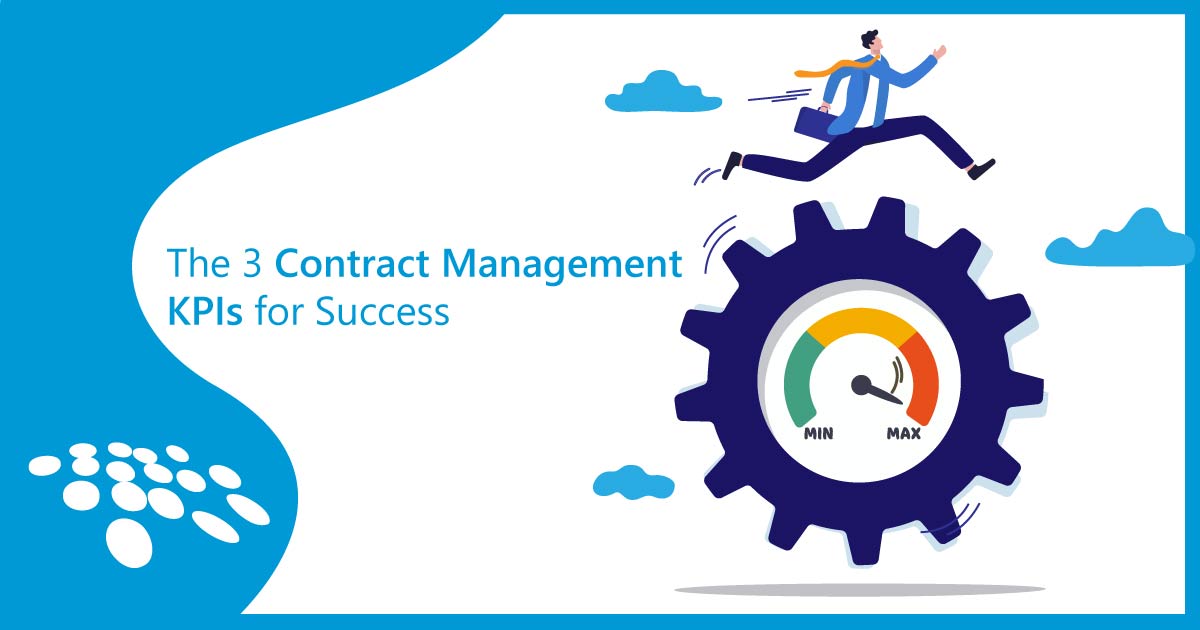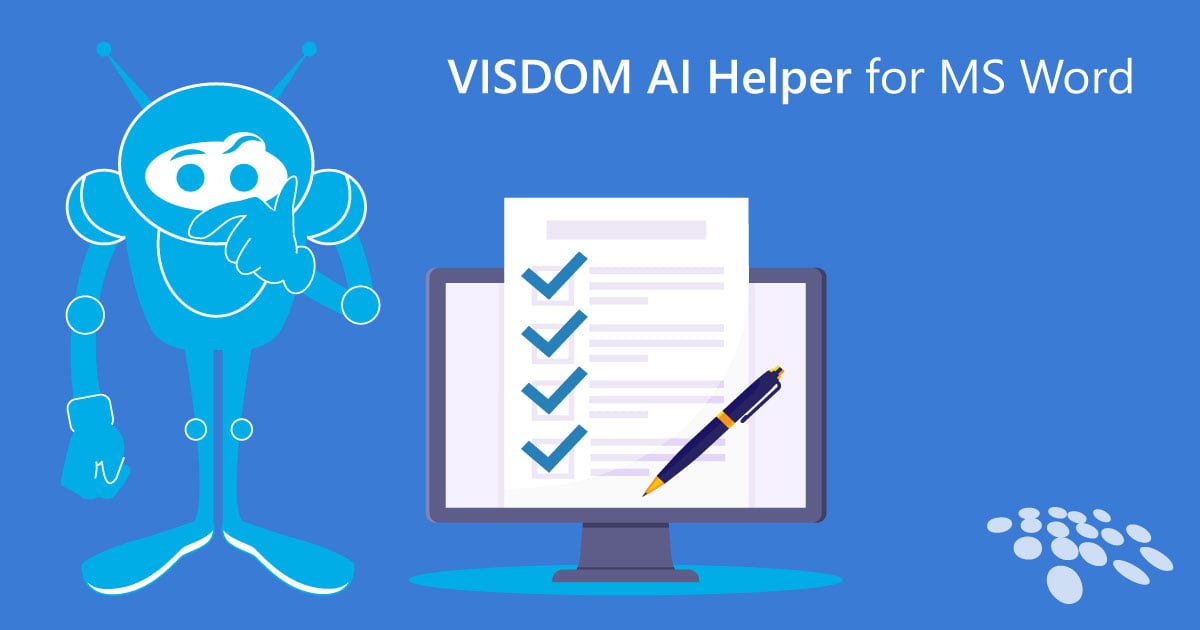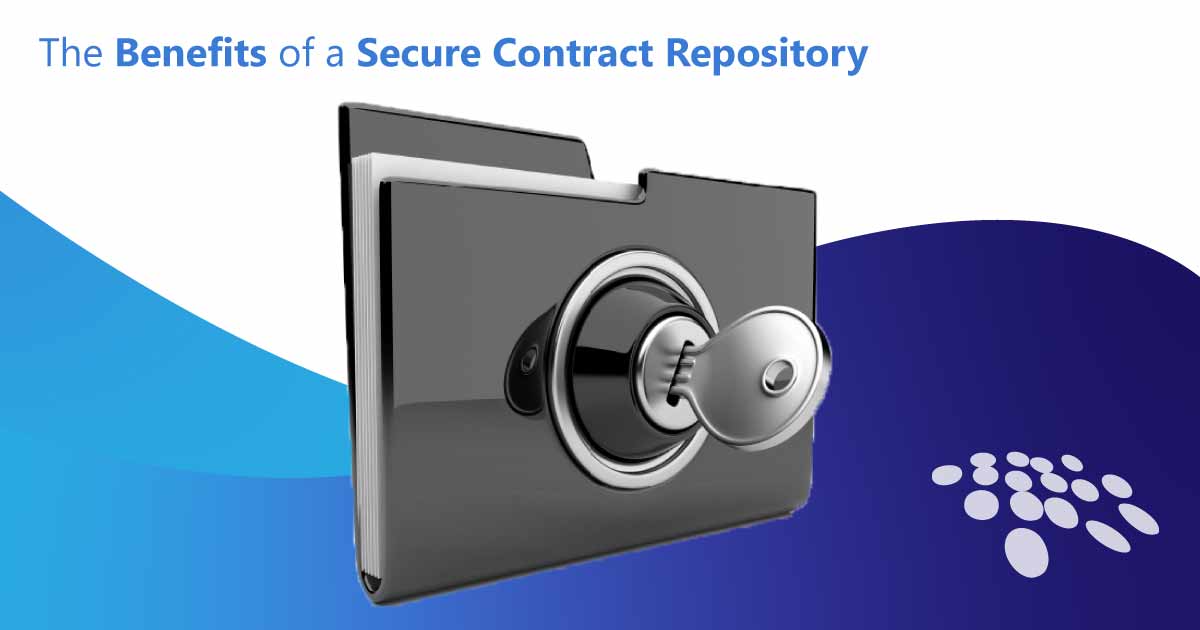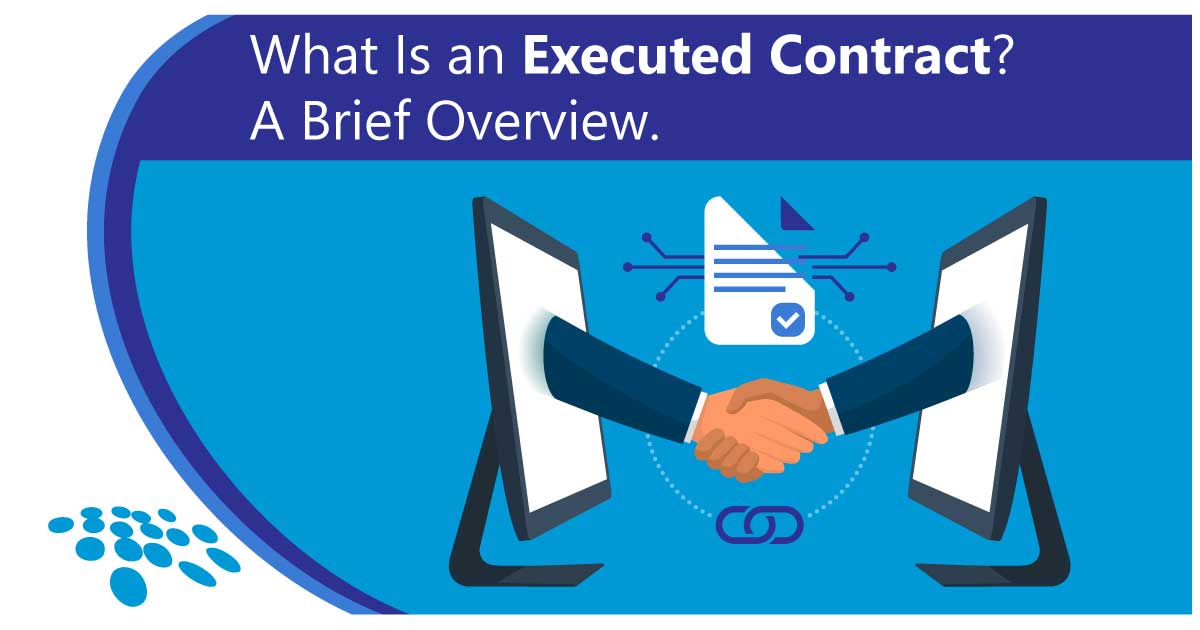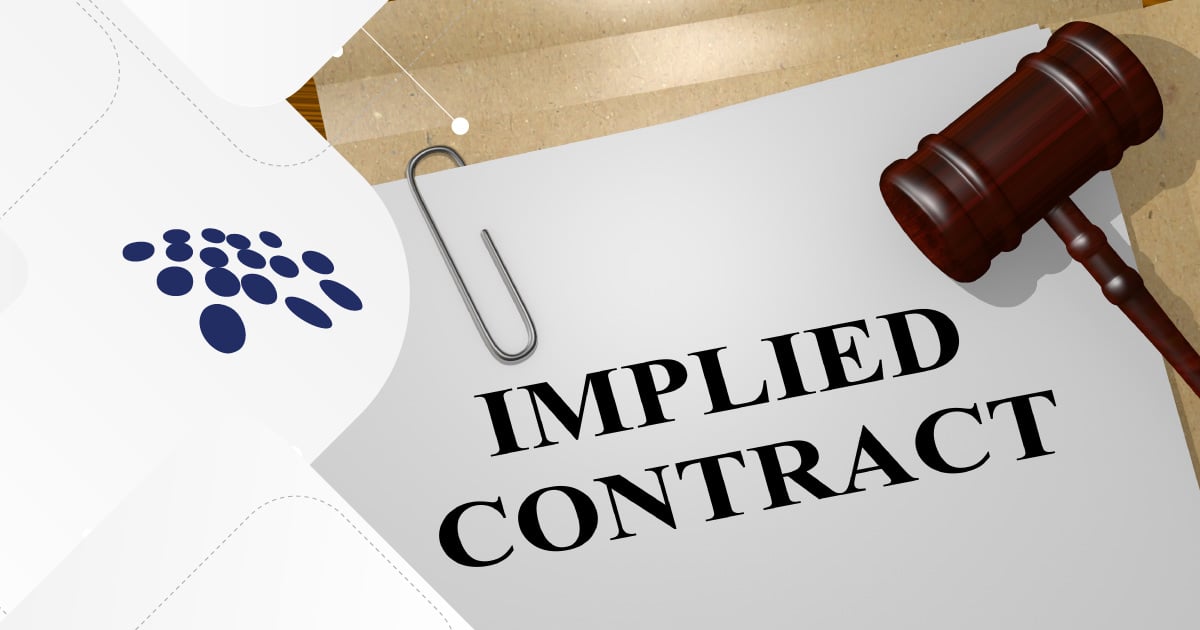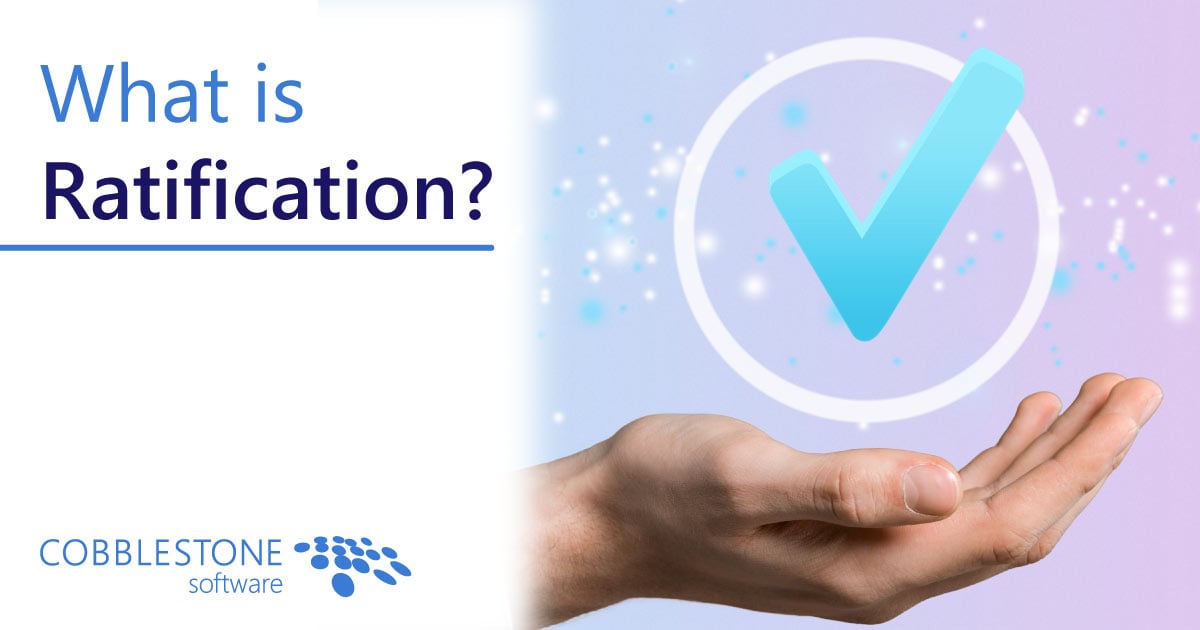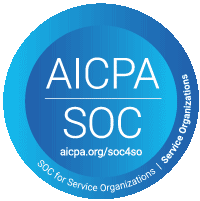
Mergers and acquisitions (M&A) can be necessary and beneficial growth strategies for many organizations. However, M&A transactions are complex and require more than just strategic vision and financial acumen; effective contract management is pivotal in ensuring these deals go smoothly. Leveraging robust contract lifecycle management (CLM) software can be a game-changer in the M&A process. To that end, let's explore how contract management features can help streamline M&A activities during these transformative business events.
#1 - Contract Repository: Single Source of Truth
During mergers and acquisitions, organizations must unify many contracts, data, and documents into one central database. Without the right tools, this can be a tedious process prone to errors and oversights. Contracts are often scattered across the two organizations' departments and users, so it is easy to lose track.
Leading contract management software provides a centralized repository that enables organizations to track contracts, committals, obligations, and more via a robust, web-based solution. Organizations can search for contracts by title, type, department, counterparty, and so much more with filterable search options that include saved search, history, and "Did you mean...? functionality. Unlimited user-defined and out-of-the-box fields can be used to track, search, and report on contracts. Both organizations' contracts can be managed in one unified system.
#2 - Bulk Data Import for M&A
M&A organizations often require a bulk data migration to unify large volumes of contracts from multiple sources (in this case, two organizations: the acquiring and the acquired). The process of manually entering contract data can be incredibly time-consuming and prone to human error. This delay can slow down the due diligence process, create gaps in contract visibility, and lead to incomplete or inaccurate broad contract analytics and risk assessment.
Trusted contract management software provides a bulk data importing tool for bulk importing and updating of master reference, contract, counterparty, employee, and other data. Organizations can easily configure import and update templates in spreadsheet format; there is also bulk import of electronic files and attachments for contracts in their native format (i.e., MS Word, PDF, etc.). Users can export data into MS Excel, MS Word, and/or PDF from search result lists, ad-hoc reports, and more. Bulk data imports streamline the unification of large volumes of contract data during M&As and are an indispensable tool.
#3 - APIs for Seamless Solutions Integrations
Integrating systems during M&A can be challenging, particularly around aligning disparate technology stacks and data formats. Legacy systems may lack APIs or have poorly documented ones, leading to time-consuming and costly custom integrations. Security is another major concern, as combining systems increases the risk of exposing sensitive data. Additionally, managing versions and dependencies can be complex, potentially leading to disruptions in business processes if not handled correctly. Lastly, there is often an organizational barrier, as IT teams from merging companies may have different protocols, tools, and practices, making collaboration and alignment difficult.
Robust contract management software applications offer functionality that integrates with outside systems via REST API. Application Program Interface delivers data between devices and programs. The implementation of the Representational State Transfer program increases the efficiency of communication in computing systems. A RESTful implementation can be installed as a separate application, side by side with the CLM solution, on the cloud or on-premise. Those who want to retain their current system processes during M&As can keep them while integrating contract lifecycle management software seamlessly.
#4 - Vendor Centralization for More Opportunities
When companies merge or are acquired, one significant challenge is consolidating their vendor management processes. Without centralized control, the newly formed entity often struggles with fragmented vendor relationships, duplicated services, and missed opportunities for volume discounts. This decentralization can lead to inefficiencies, increased costs, and a lack of visibility into vendor performance and compliance.
Contract lifecycle management software addresses these challenges by enabling the seamless sharing of vendors across the merged entities. It allows for the standardization of terms, identification of overlapping services, and negotiation of better rates due to increased purchasing power. This results in streamlined operations, reduced costs, and improved vendor compliance, all while unlocking upsell and discount opportunities that might otherwise be overlooked.
Key Takeaway
Mergers and acquisitions are inherently complex, but with the right tools, businesses can confidently navigate the process. CobbleStone Software empowers organizations to manage the contract-related aspects of M&A more efficiently with the tools mentioned above and many others. For a more thorough look at how you can manage M&As with contract management software, book a free demo of CobbleStone Contract Insight® today!







